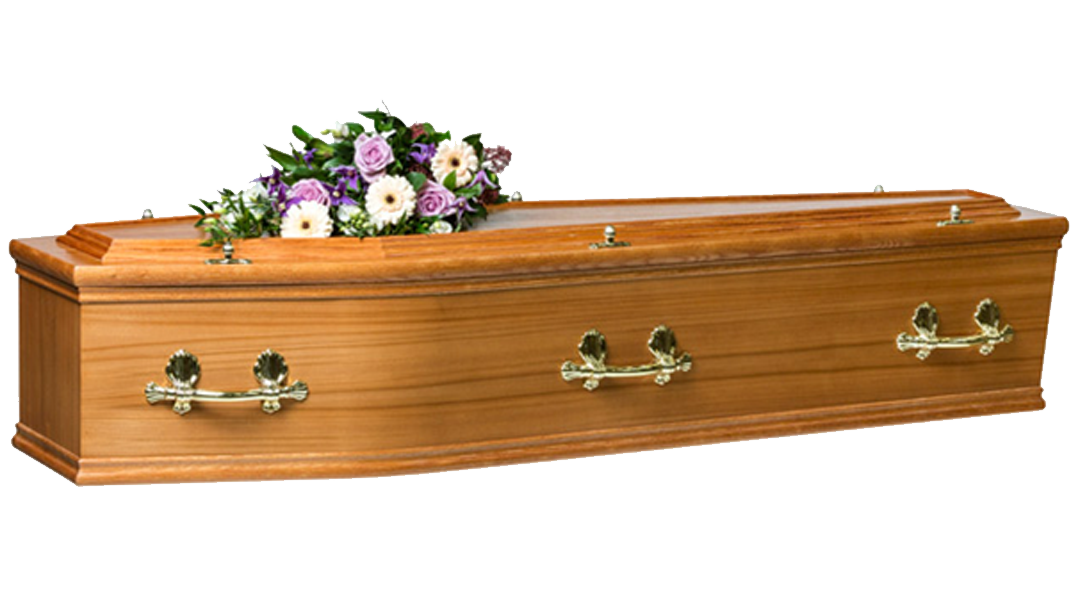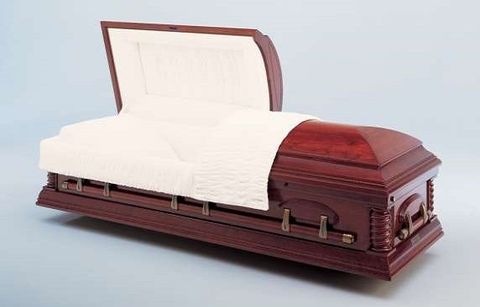
When selecting a Daisybox, you'll be commemorating the life of a left enjoyed one in the most customised and dignified method. You or your family and friends can DIY decorate or have a favorite image printed or painted all over a Daisybox, as a last visual and conversation starter for all to appreciate a life well-lived. The final creative result is absolutely approximately you, with a growing worldwide network of artists, printers and funeral arrangers prepared to accept your bespoke design requirements.
If a customized service is not what you're looking for, then an unattended, low-cost direct-cremation, followed by a funeral or event is likewise typically practiced with a Daisybox "Basic" casket.
The reality there is now an option to a pricey metal, wood or engineered wood coffin or casket, is a much-requested reality.
Our team is constructing a global network of funeral arrangers who're delighted to provide an affordable Daisybox as part of a tailored funeral service. There is no time like the present to make sure that customer households have a broad option of choices than the standard methods. Funeral arrangers who accept Daisybox ® are both innovative and observant to the changing nature of customer households.
Honouring the dead has actually been essential throughout history. But how did our ancestors bury their enjoyed ones, what has altered and what has remained the very same? Learn in our short history of coffins.
Stone Age burials
Neanderthals residing in Eurasia 600,000 years ago buried their dead in shallow graves with a few individual mementos such as tools. These burials were very simple and generally worked as a way to prevent scavengers. Recent discoveries reveal later on Neanderthals performed ancient burial rites. A 50,000-year-old skeleton discovered in a collapse France has lead scientists to think that individuals would ceremoniously bury their dead even as far back as the Stone Age. Some Neanderthals decorated themselves with homemade jewellery including numerous pigments, feathers and shells.
Ancient Egyptians
The Egyptians were professionals at mummifying whatever, from human beings to crocodiles. They held a strong belief that death was merely a challenge to the afterlife and they protected the body so the spirit of "Ka" could guide them to paradise. Apart from the heart, which was needed for the Hall of Judgement, all organs were gotten and the body was Article source embalmed and wrapped in linen. Much like today, there were a range of 'mummification bundles' so that everyone from the very wealthy to the underprivileged might mummify their enjoyed ones and ensure they had a safe journey to the afterlife.

Middle ages coffin making
We'll never understand how popular wooden caskets were throughout Medieval times due to the easy reality that most of them have actually disintegrated. Coffins made from lead and stone were reserved for the extremely rich or very essential. The shape of these diverse wildly from today's caskets; they were a rectangular-shaped alcove carved into stone, with a rounded circle at the top for the head - the ideal shape for an individual. An example of this can be found in the Greyfriars graveyard in Leicester, where Richard III was discovered. The lead casket framed by a bigger stone casket included the body of an old woman, who was stated to be an important benefactor of Greyfriars between the 1200s and 1400s.
American Civil War
Although the French were the first to coin the term 'coffin', drawn from the Greek term for 'basket,' it wasn't until the American Civil War started in 1861 that caskets were widely used. Utilizing them to carry dead soldiers safely and safely, Americans began to standardize the coffin we know today. American Civil War caskets were frequently created from old wooden furniture as they were needed. The original caskets quickly streamlined into 'coffins' - the distinction being that coffins have 6 sides and coffins have 4 sides.
Victorian caskets
The first coffin factory museum opened recently in Birmingham. Previously among Britain's most popular coffin makers, the Newman Brothers Coffin Furniture Factory catered for the Victorians' 'fascination' with death. In the Victorian period, funeral services were a substantial occasion and individuals would invest a great deal of money on the event - including trimmings such as brass handles, burial shrouds, breastplates and serious accessories. Burial vaults were especially popular and the coffins predestined for the vaults included three layers - one of which was lead. It wasn't uncommon for these caskets to weigh as much as a quarter of a tonne.
Caskets today
Modern funeral services are viewed as a chance to commemorate life and a chance to give the person a send-off that suits their style and character. Today, over 75% of people are cremated, but even in a cremation, the coffin is an important way to show and keep in mind the personality of the deceased. Whether it's a wise gloss-black casket or a casket motivated by the person's favourite football club-- there is a huge range of options available to families. There is also an increasing number of people going with eco-friendly caskets and even 'natural burial pods' where your liked one's remains will support the growth of a tree.